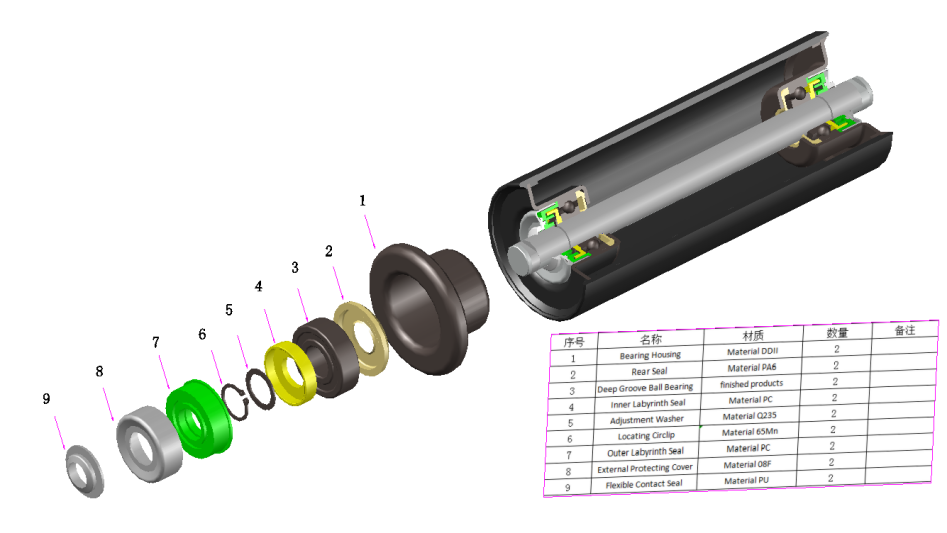 Afrikaans
Afrikaans  Albanian
Albanian  Amharic
Amharic  Arabic
Arabic  Armenian
Armenian  Azerbaijani
Azerbaijani  Basque
Basque  Belarusian
Belarusian  Bengali
Bengali  Bosnian
Bosnian  Bulgarian
Bulgarian  Catalan
Catalan  Cebuano
Cebuano  Corsican
Corsican  Croatian
Croatian  Czech
Czech  Danish
Danish  Dutch
Dutch  English
English  Esperanto
Esperanto  Estonian
Estonian  Finnish
Finnish  French
French  Frisian
Frisian  Galician
Galician  Georgian
Georgian  German
German  Greek
Greek  Gujarati
Gujarati  Haitian Creole
Haitian Creole  hausa
hausa  hawaiian
hawaiian  Hebrew
Hebrew  Hindi
Hindi  Miao
Miao  Hungarian
Hungarian  Icelandic
Icelandic  igbo
igbo  Indonesian
Indonesian  irish
irish  Italian
Italian  Japanese
Japanese  Javanese
Javanese  Kannada
Kannada  kazakh
kazakh  Khmer
Khmer  Rwandese
Rwandese  Korean
Korean  Kurdish
Kurdish  Kyrgyz
Kyrgyz  Lao
Lao  Latin
Latin  Latvian
Latvian  Lithuanian
Lithuanian  Luxembourgish
Luxembourgish  Macedonian
Macedonian  Malgashi
Malgashi  Malay
Malay  Malayalam
Malayalam  Maltese
Maltese  Maori
Maori  Marathi
Marathi  Mongolian
Mongolian  Myanmar
Myanmar  Nepali
Nepali  Norwegian
Norwegian  Norwegian
Norwegian  Occitan
Occitan  Pashto
Pashto  Persian
Persian  Polish
Polish  Portuguese
Portuguese  Punjabi
Punjabi  Romanian
Romanian  Russian
Russian  Samoan
Samoan  Scottish Gaelic
Scottish Gaelic  Serbian
Serbian  Sesotho
Sesotho  Shona
Shona  Sindhi
Sindhi  Sinhala
Sinhala  Slovak
Slovak  Slovenian
Slovenian  Somali
Somali  Spanish
Spanish  Sundanese
Sundanese  Swahili
Swahili  Swedish
Swedish  Tagalog
Tagalog  Tajik
Tajik  Tamil
Tamil  Tatar
Tatar  Telugu
Telugu  Thai
Thai  Turkish
Turkish  Turkmen
Turkmen  Ukrainian
Ukrainian  Urdu
Urdu  Uighur
Uighur  Uzbek
Uzbek  Vietnamese
Vietnamese  Welsh
Welsh  Bantu
Bantu  Yiddish
Yiddish  Yoruba
Yoruba  Zulu
Zulu conveyor pulley lagging
Conveyor Pulley Lagging Importance and Benefits
Conveyor systems are integral to many industries, facilitating the efficient movement of materials over long distances. At the heart of these systems are conveyor pulleys, which play a critical role in the operation and design of a conveyor belt. One of the essential features of conveyor pulleys is their lagging. Lagging refers to the surface material applied to the pulley to enhance its performance, reduce wear, and improve overall system efficiency.
What is Conveyor Pulley Lagging?
Conveyor pulley lagging is a protective layer applied to the surface of pulleys. Typically made from rubber or ceramic materials, lagging serves multiple purposes, including increasing the friction between the pulley and the conveyor belt, protecting the pulley from wear and corrosion, and improving the sealing properties of the pulley system. By enhancing the grip between the belt and the pulley, lagging prevents slippage, ensuring that the material is conveyed smoothly and efficiently.
Importance of Lagging
1. Enhanced Traction The primary function of lagging is to increase the frictional resistance between the pulley and the conveyor belt. This is particularly critical in heavy-duty applications where substantial loads are involved. Adequate grip allows the conveyor to operate without slippage, significantly improving the efficiency of material transport.
2. Reduced Wear and Tear Pulleys operate under immense pressure and are subject to constant abrasion. Lagging acts as a buffer, absorbing some of the wear and tear that would typically affect the pulley surface. This protective layer can prolong the life of the pulley, reducing the need for premature replacements and maintenance, thereby saving costs for companies.
3. Improved Belt Alignment Properly lagged pulleys can assist in maintaining the alignment of the conveyor belt. Misalignment can lead to uneven wear and ultimately cause belt failure. By ensuring that the belt runs smoothly across the pulleys, lagging contributes to the longevity of the entire conveyor system.
conveyor pulley lagging

4. Noise Reduction Another significant benefit of applying lagging to pulleys is the reduction of noise levels during operation. The soft surface of the lagging material dampens vibrations, contributing to a quieter working environment. This is particularly important in industries where noise control is a priority, such as food processing and warehousing.
5. Resistance to Environmental Factors Conveyor systems often operate in harsh environments, including exposure to moisture, chemicals, and extreme temperatures. Lagging materials can be selected based on their resistance to these conditions, ensuring that the pulleys function effectively without degrading over time.
Types of Lagging
Conveyor pulley lagging comes in various types, each designed for specific applications and environments. The most common types include
- Rubber Lagging Generally used in a wide range of applications, rubber lagging is known for its flexibility and good frictional properties. - Ceramic Lagging This type is highly effective in high-impact applications. The ceramic tiles increase grip and are particularly useful in wet or slippery conditions.
- Polyurethane Lagging Known for its durability, polyurethane lagging provides excellent wear resistance and is often used in applications where abrasion is a concern.
Conclusion
In conclusion, conveyor pulley lagging is an essential aspect of conveyor system design and maintenance. By improving traction, reducing wear, and enhancing overall operational efficiency, lagging plays a crucial role in ensuring the smooth functioning of conveyor belts in various industries. Selecting the right type of lagging for specific applications can lead to significant cost savings, increased safety, and enhanced productivity. As industries continue to evolve, the importance of effective conveyor systems, including the optimization of pulley lagging, will only grow. Investing in high-quality lagging materials is, therefore, not just a maintenance task but a strategic decision that can yield long-term benefits.
-
Revolutionizing Conveyor Reliability with Advanced Rubber Lagging PulleysNewsJul.22,2025
-
Powering Precision and Durability with Expert Manufacturers of Conveyor ComponentsNewsJul.22,2025
-
Optimizing Conveyor Systems with Advanced Conveyor AccessoriesNewsJul.22,2025
-
Maximize Conveyor Efficiency with Quality Conveyor Idler PulleysNewsJul.22,2025
-
Future-Proof Your Conveyor System with High-Performance Polyurethane RollerNewsJul.22,2025
-
Driving Efficiency Forward with Quality Idlers and RollersNewsJul.22,2025





























